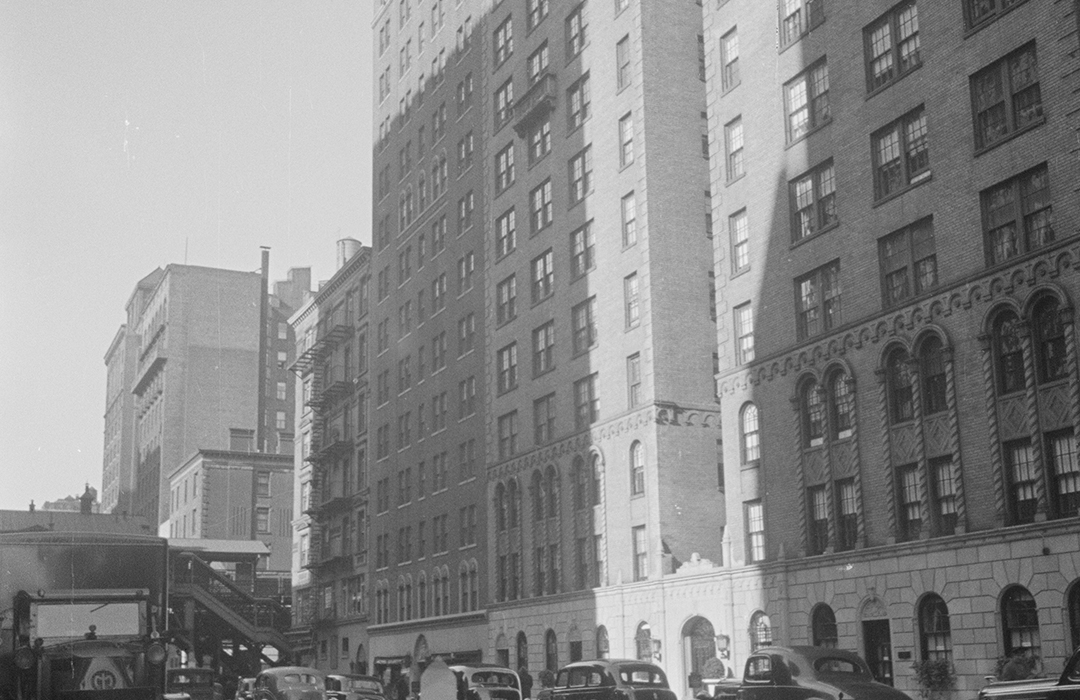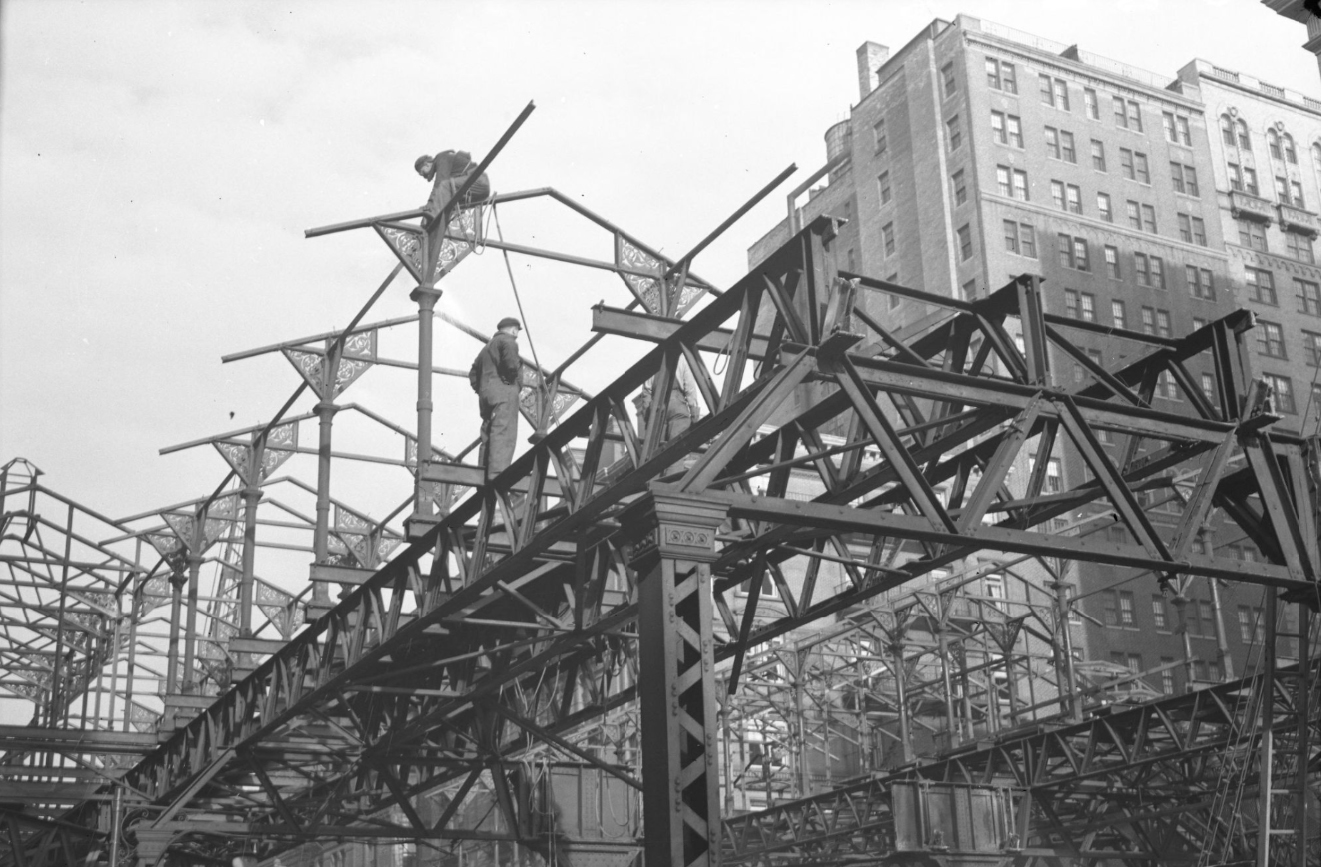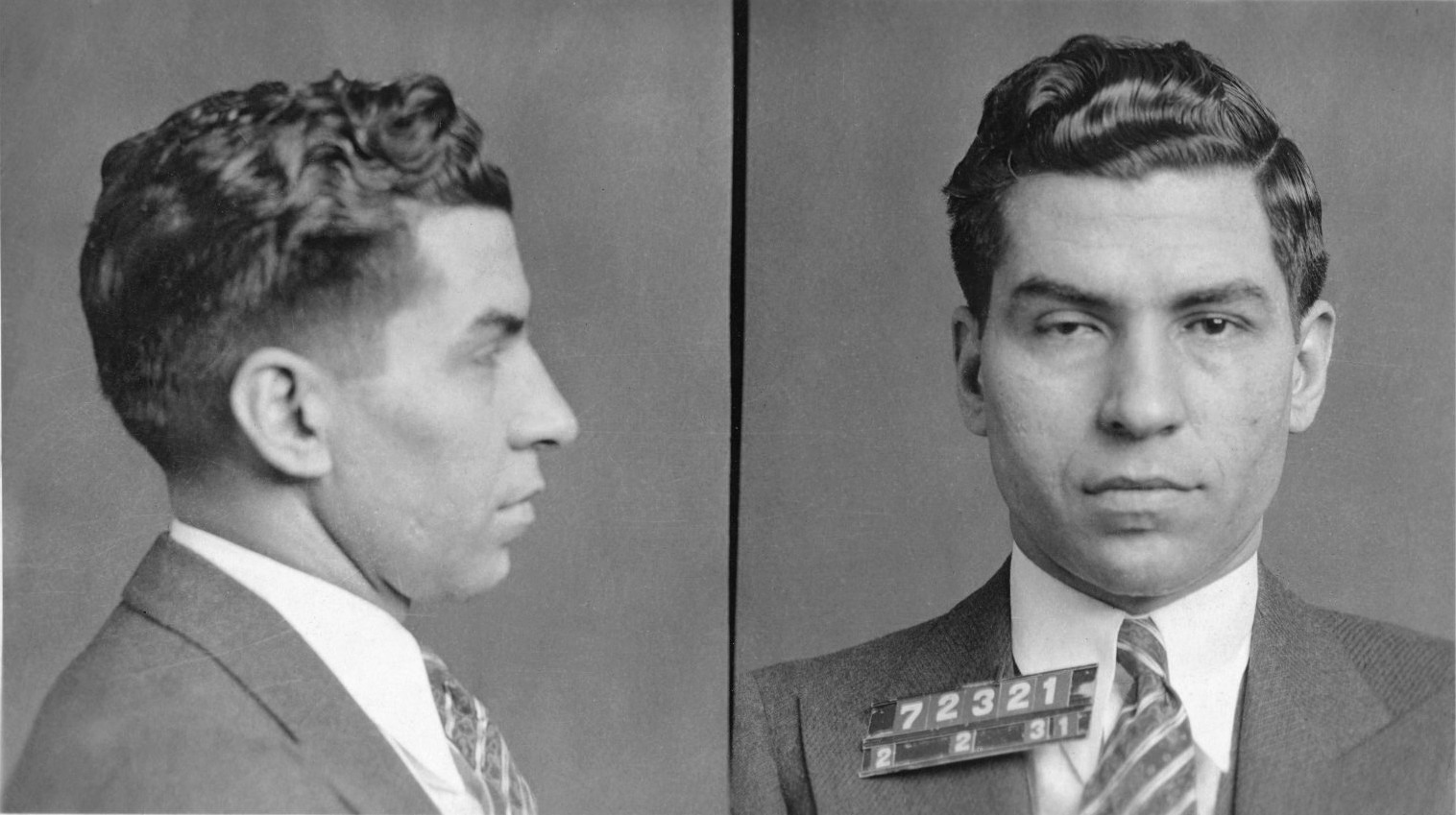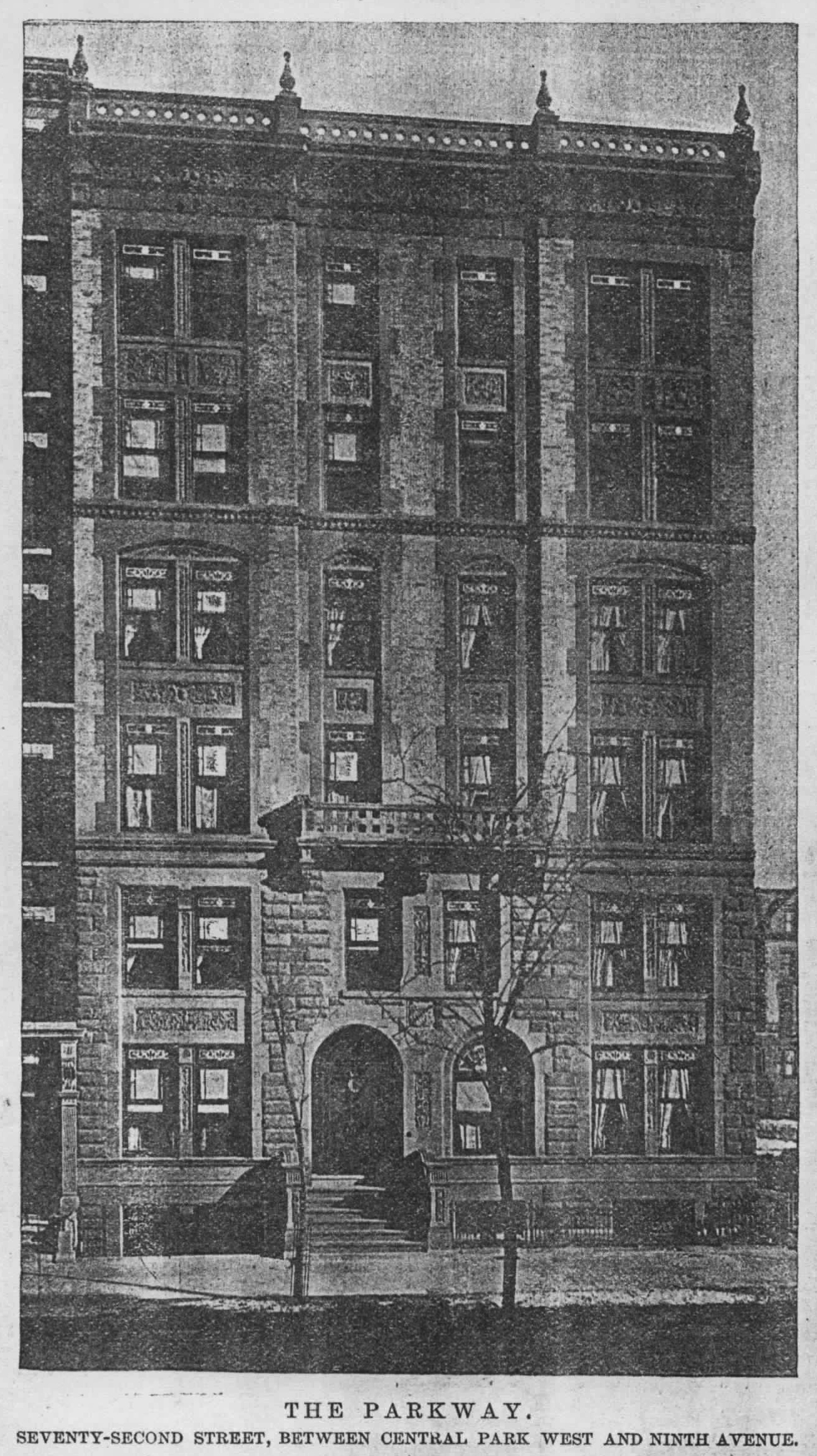
View of 49 West 72nd Street from south. Courtesy The Museum of the City of New York LINK
The Parkway: 49 West 72nd Street
by Tom Miller
In 1888 architect Charles Buek designed The Parkway Flats at 49-51 West 72nd Street. In appointments and luxury, the upscale apartment building would have rivaled The Dakota, erected on the eastern end of the block four years earlier.
In 1929 the Onretap Realty Corp. purchased and demolished the venerable building and hired the architectural firm of Margon & Holder to design a replacement. Completed in 1930—the first year of the Great Depression—the new Parkway Apartments rose 16 stories.
Designed in the neo-Renaissance style, its stone-clad ground floor included two commercial spaces that flanked the entrance. The upper floors were faced in gray-brown brick. Perhaps because of the devastating economic depression, ornamentation was extremely limited.
In appointments and luxury, the upscale apartment building would have rivaled The Dakota…
The residents were, for the most part, respectable professionals whose names appeared in the society pages now and again. Such was the case on October 29, 1930 when The Brooklyn Citizen announced, “Mrs. Hazel Hindman of No. 49 West Seventy-second street, Manhattan, entertained at tea in the Japanese Room of the Ritz-Carlton Monday afternoon.”
Not every one of the tenants was so refined. Less than two months later an advertisement in the Times Union appeared that read:
Swedish Massage
Pine Bath
Select Clientele
Hours 12 noon to 10 p.m.
49 West 72nd St. Apt 3-A
The goings-on in Apartment 3-A went farther than Swedish massages and pine baths. In July 1936 the State of New York charged gangster Charles Luciano, who had six aliases including Lucky Luciano, along with more than a half dozen other Luciano gang members with “running a house of prostitution” in the premises.
The apartment had been raided at least once, in July 1935, at which time two women were arrested. A third managed to slip away, but the vice agents knew who she was. In court, Shirley Taylor, testified “Well, I could not go down to the bonding office myself, because the cops were looking for me; they didn’t pinch me. And I gave Jack [Eller] the money to go down and get the girls out, which was $350.”
In July 1936 the State of New York charged gangster Charles Luciano, who had six aliases including Lucky Luciano, along with more than a half dozen other Luciano gang members with “running a house of prostitution” in the premises.
A renovation completed in 1953 resulted a penthouse level unseen from the street. There were three apartments in that addition, and now five apartments per floor through the 15th, with four on the 16th.
The Luciano gang scandal of the 1930’s was an anomaly in The Parkway. As the decades passed, no untoward publicity again tainted the building’s reputation. For years, beginning in the mid-1970’s, one of the stores was home to Slithy Toves, a children’s store, which took its name from Lewis Carroll’s “Jabberwocky.”
Today a barbershop and a tailor shop occupy the commercial spaces. From the exterior The Parkway looks little different that it did when its doors first opened in 1930.
Tom Miller is a social historian and blogger at daytoninmanhattan.blogspot.com
LEARN MORE ABOUT
49 West 72nd Street
Next Stop
Be a part of history!
Shop local to support the businesses currently at 49 West 72nd Street
Meet Thomas Vail!





